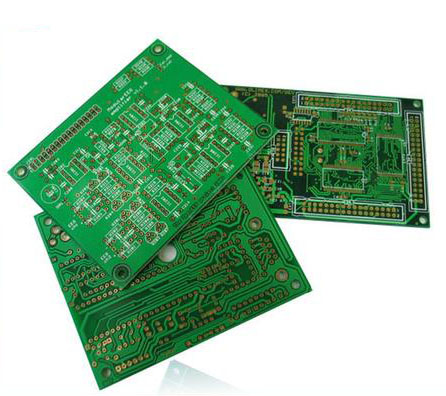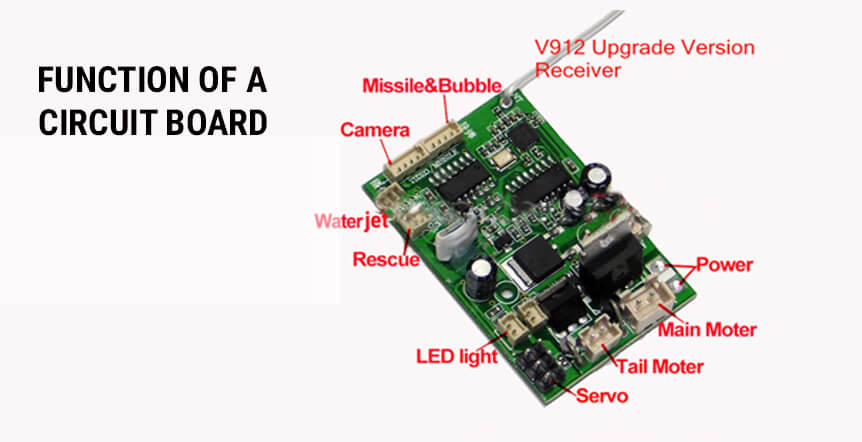



The PCBs used in these products were chemical mixtures made up of a variety of individual chlorinated biphenyl components known as congeners. Thermal insulation material including fiberglass, felt, foam, and cork.Old electrical devices or appliances containing PCB capacitors.Oil used in motors and hydraulic systems.Electrical equipment including voltage regulators, switches, re-closers, bushings, and electromagnets.Learn more about iPCBs, including the regulatory context, EPA enforcement, iPCBs in the environment, ongoing research conducted by the EPA, and pollution prevention efforts.Īlthough no longer commercially produced in the United States, PCBs may be present in products and materials produced before the 1979 PCB ban. Specifically, the PCB regulations allow inadvertently generated PCBs (iPCBs) at defined concentrations, under certain conditions, and with requirements to report to EPA and maintain certain records.
#What is a pcb code
However, EPA’s regulations implementing TSCA for PCBs allow some inadvertent generation of PCBs to occur in excluded manufacturing processes, as defined in title 40 of the Code of Federal Regulations (CFR) section 761.3. In the United States, PCBs were commercially manufactured from 1929 until production was banned in 1979 by the Toxic Substances Control Act (TSCA). Pigments, dyes and carbonless copy paper.Plasticizers in paints, plastics and rubber products.Electrical, heat transfer and hydraulic equipment.Due to their non-flammability, chemical stability, high boiling point and electrical insulating properties, PCBs were used in hundreds of industrial and commercial applications including: They have a range of toxicity and vary in consistency from thin, light-colored liquids to yellow or black waxy solids. PCBs were domestically manufactured from 1929 until manufacturing was banned in 1979. PCBs belong to a broad family of man-made organic chemicals known as chlorinated hydrocarbons. PCBs have no known taste or smell, and range in consistency from an oil to a waxy solid. The number of chlorine atoms and their location in a PCB molecule determine many of its physical and chemical properties. PCBs are a group of man-made organic chemicals consisting of carbon, hydrogen and chlorine atoms. PCBs Revisions to Manifesting Regulations.


 0 kommentar(er)
0 kommentar(er)
